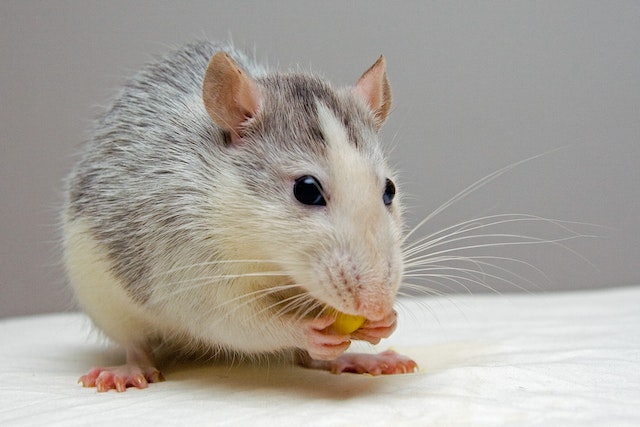Fumigation and Fogging: An In-Depth Analysis in Pest Control and Public Health

Fumigation and Fogging: In the dynamic world of public health and pest control, fumigation and fogging stand as critical interventions. These methods, rooted in scientific principles, are applied in various settings, from agricultural fields to urban landscapes, to control a wide range of pests, including insects, rodents, and microorganisms . This article focuses into the scientific basis, methodologies, applications, and implications of fumigation and fogging, offering a comprehensive view for professionals in pharmaceutical science , genetic toxicology, and related fields. Scientific Basis Fumigation refers to the process of using gaseous pesticides or fumigants to suffocate or poison pests within an enclosed area. The choice of fumigant depends on its chemical properties, toxicity, and the nature of the target pest. Commonly used fumigants include methyl bromide, phosphine, and sulfuryl fluoride. Fogging, on the other hand, involves the dispersal of a liquid pesticide in the form




